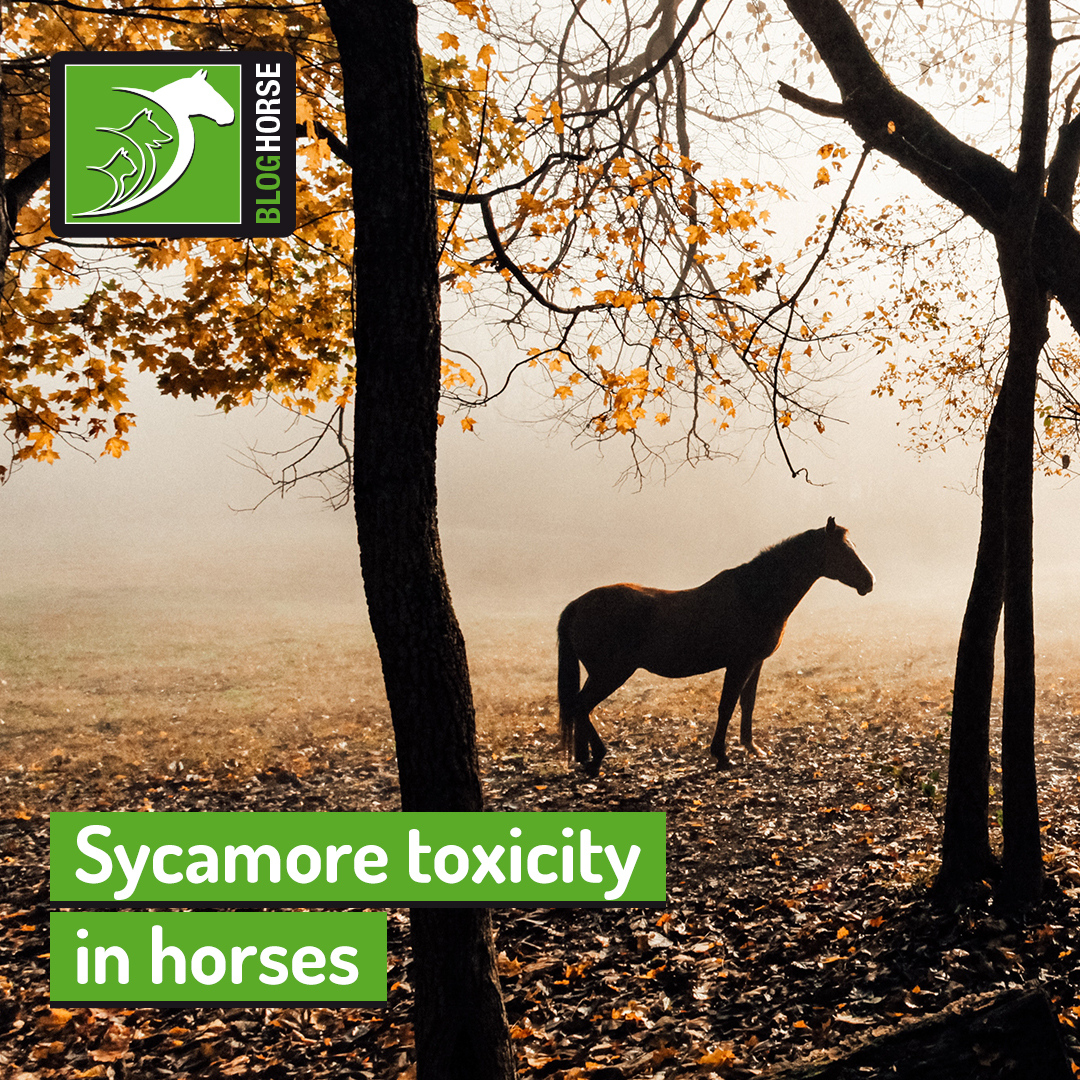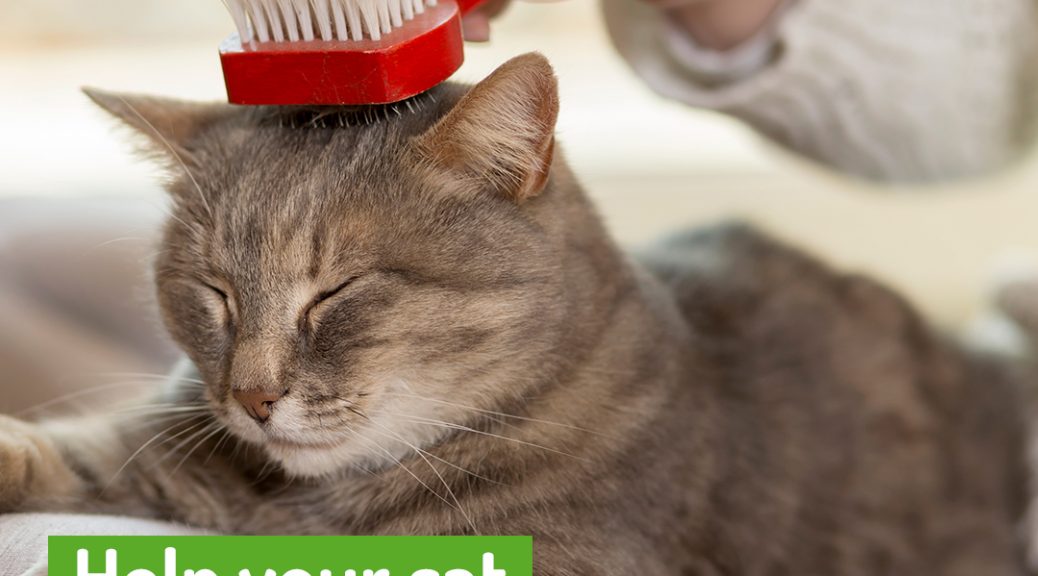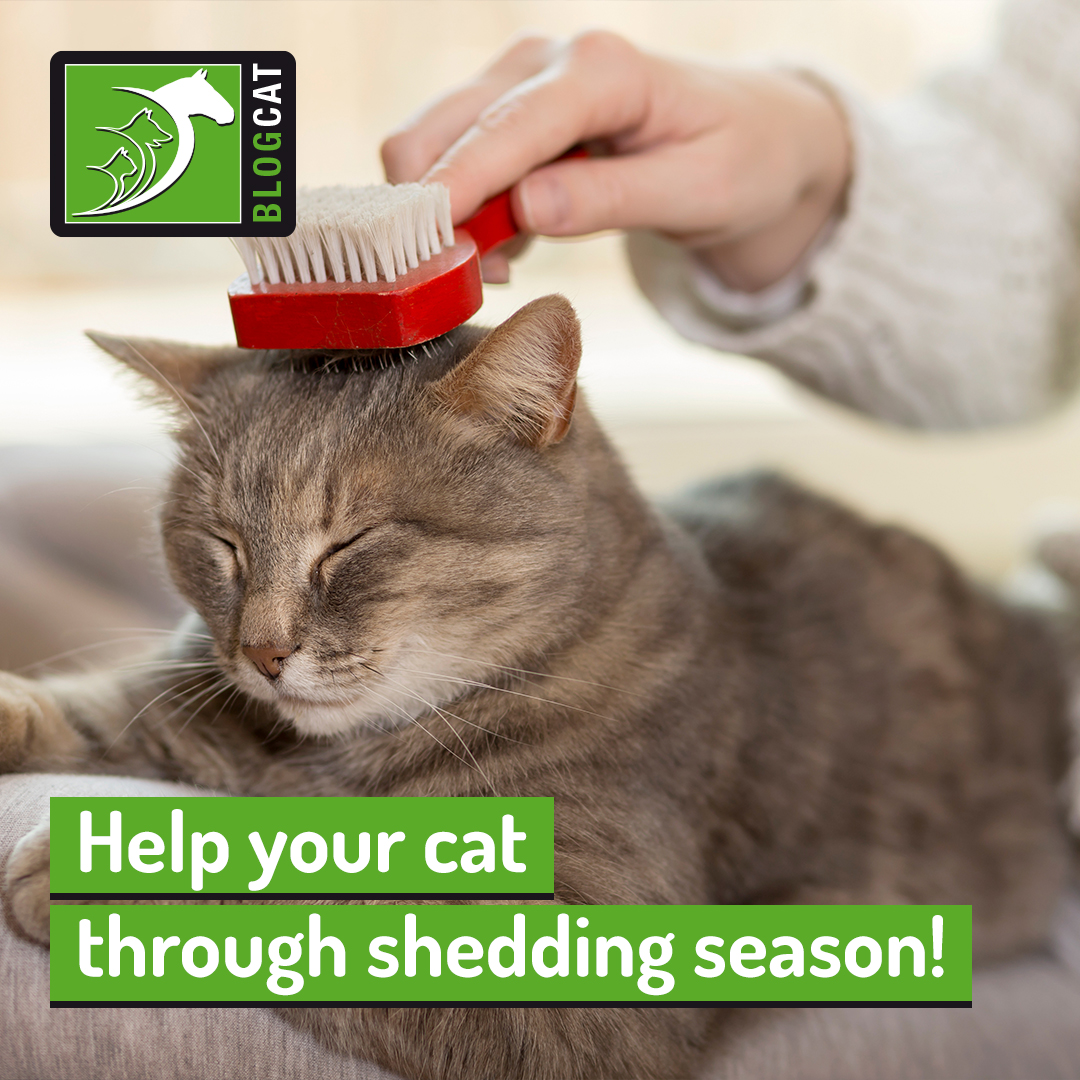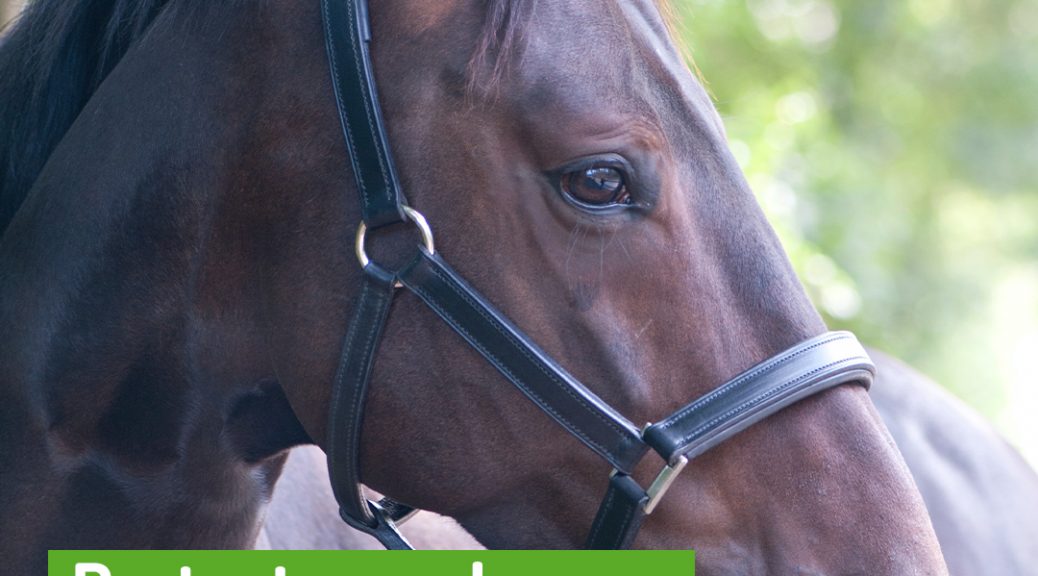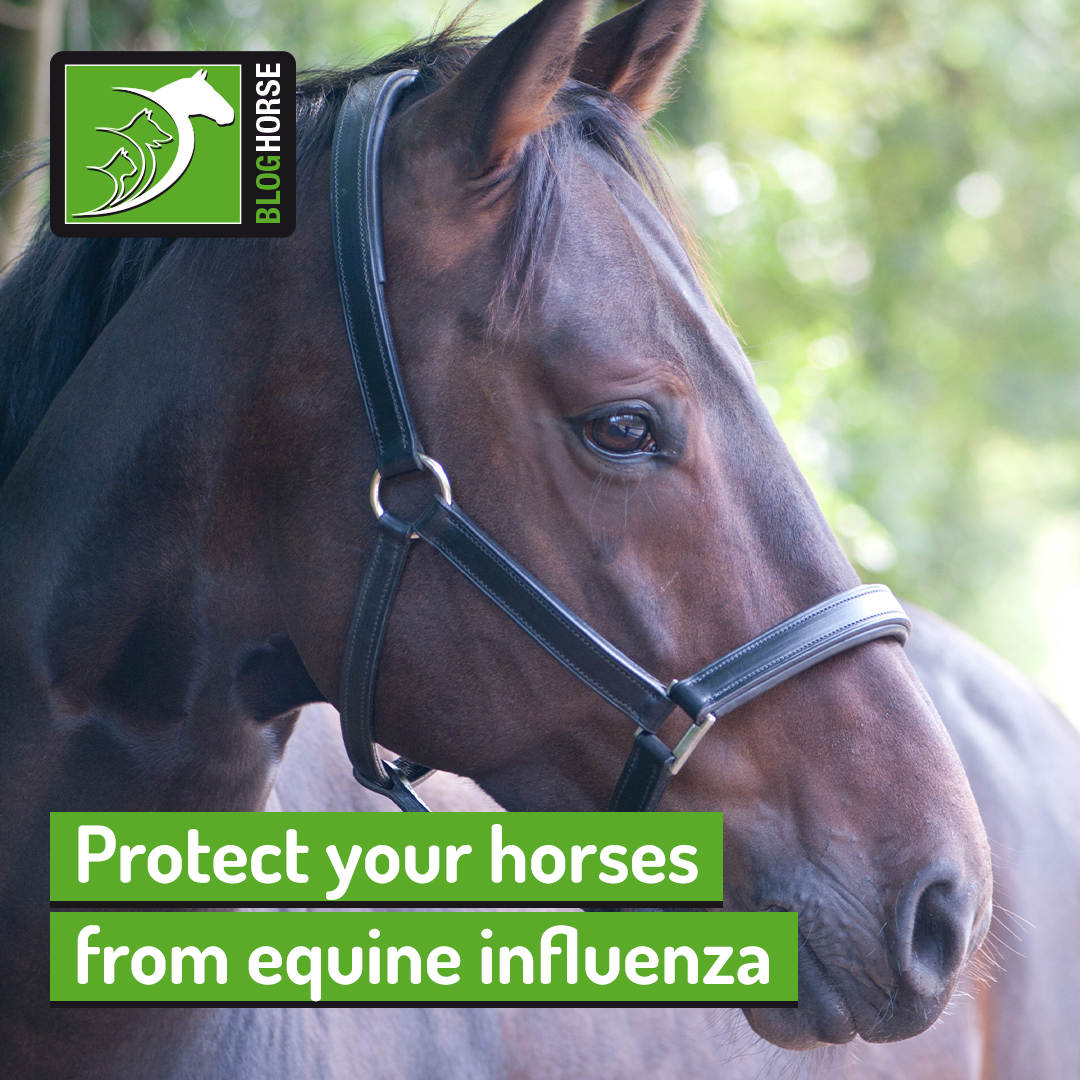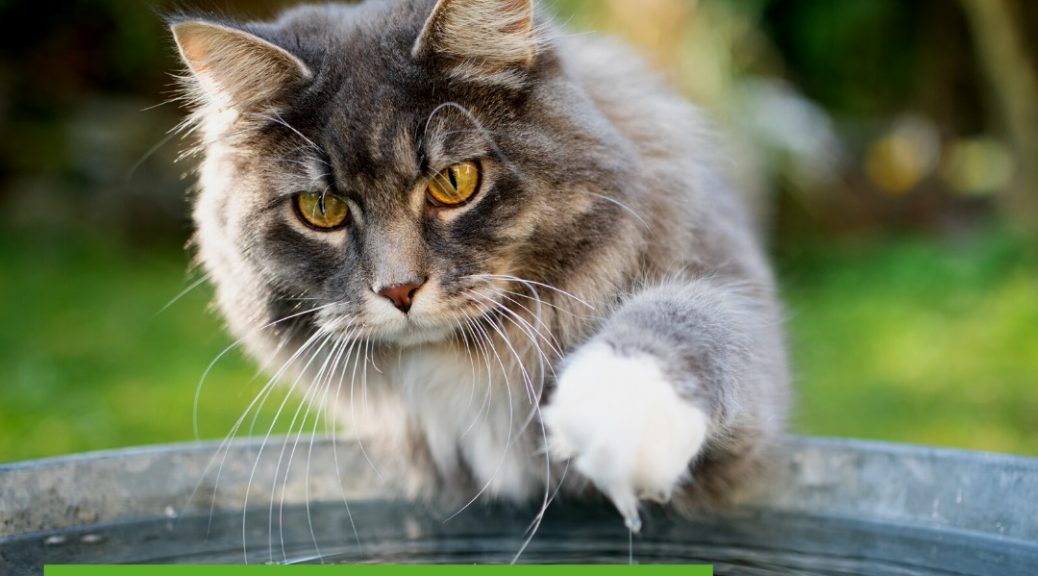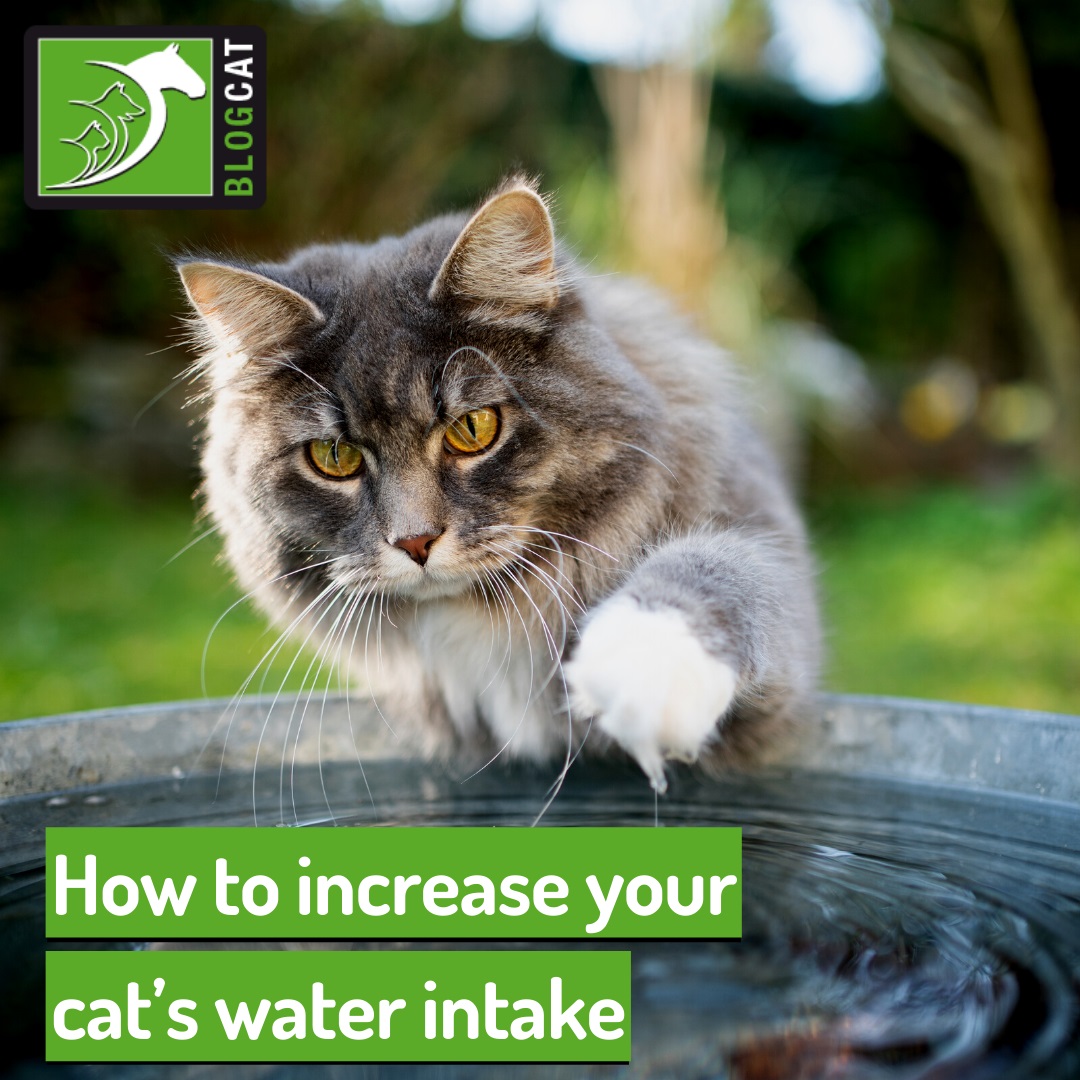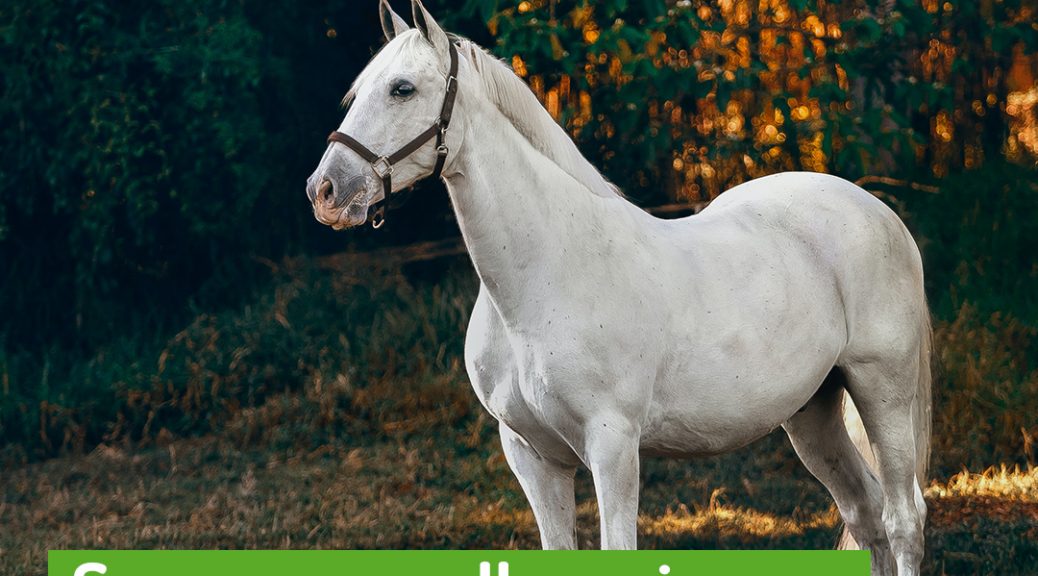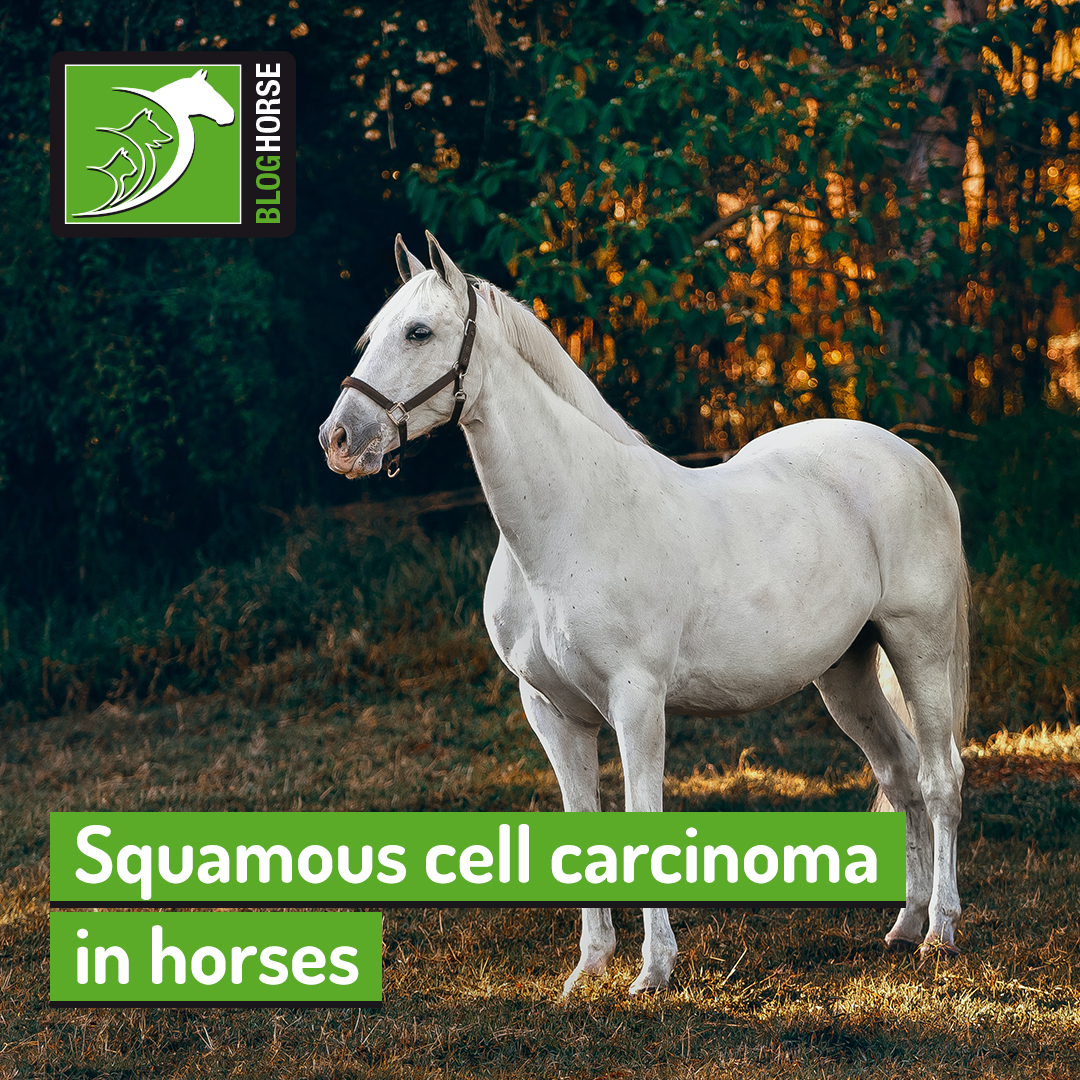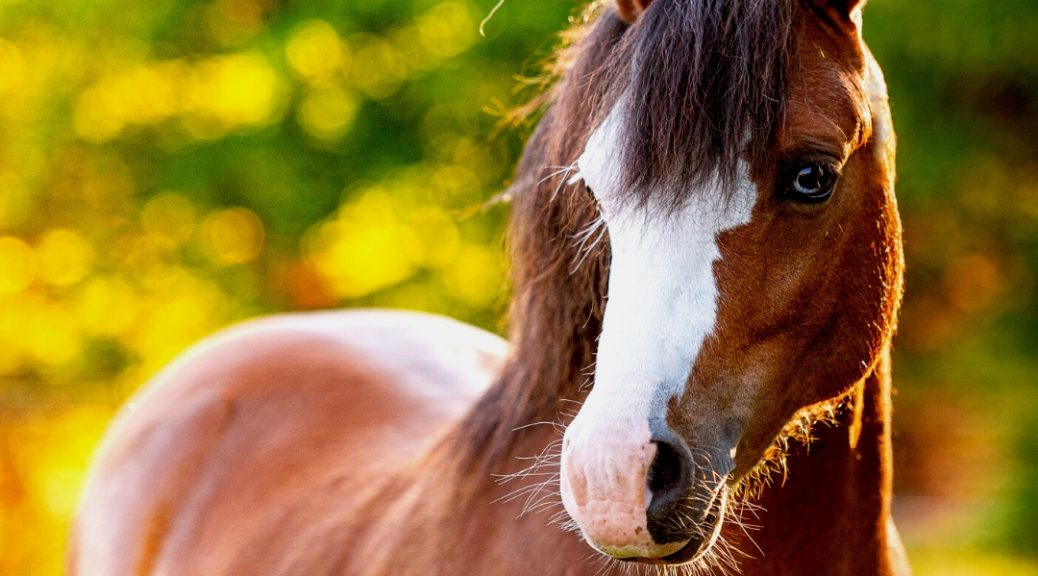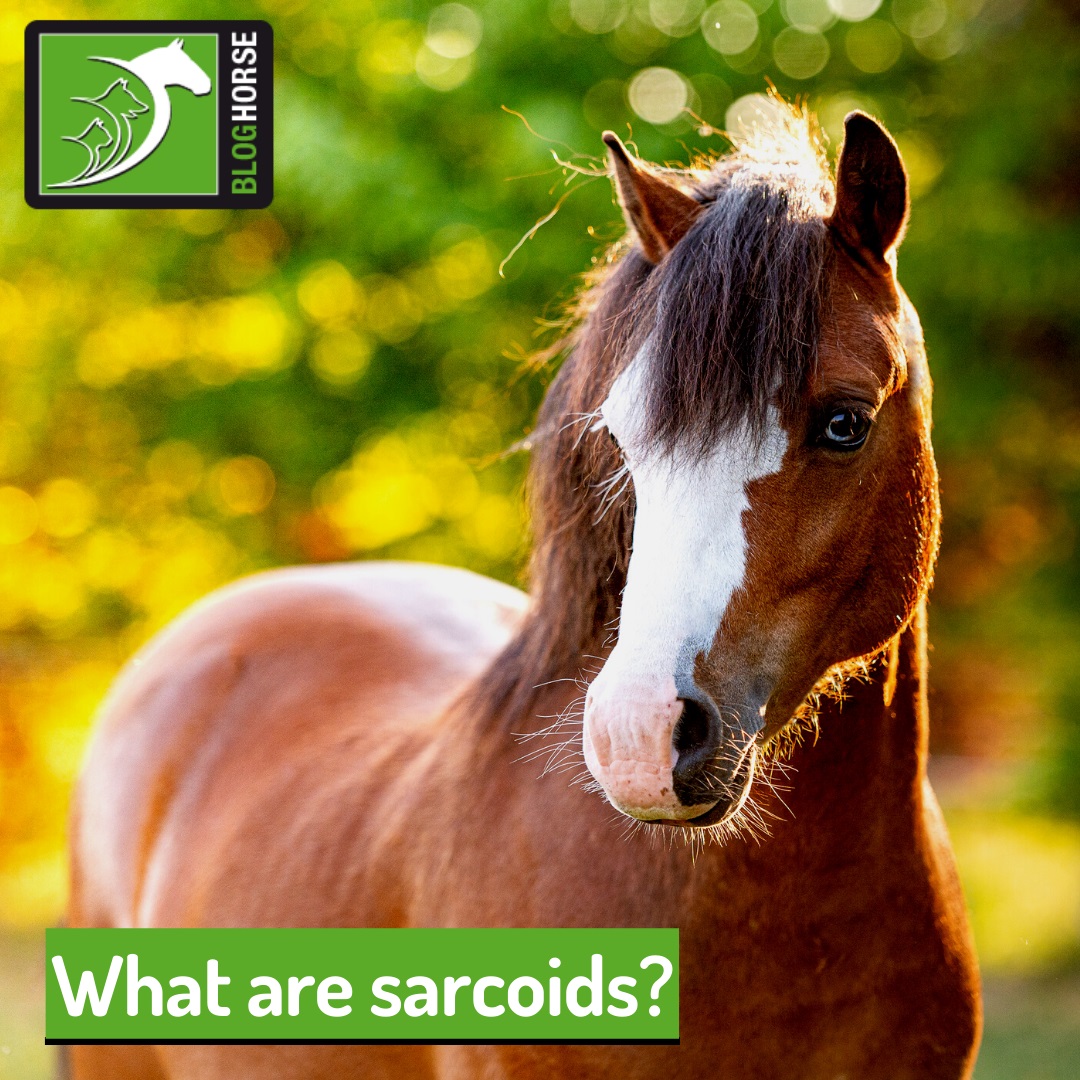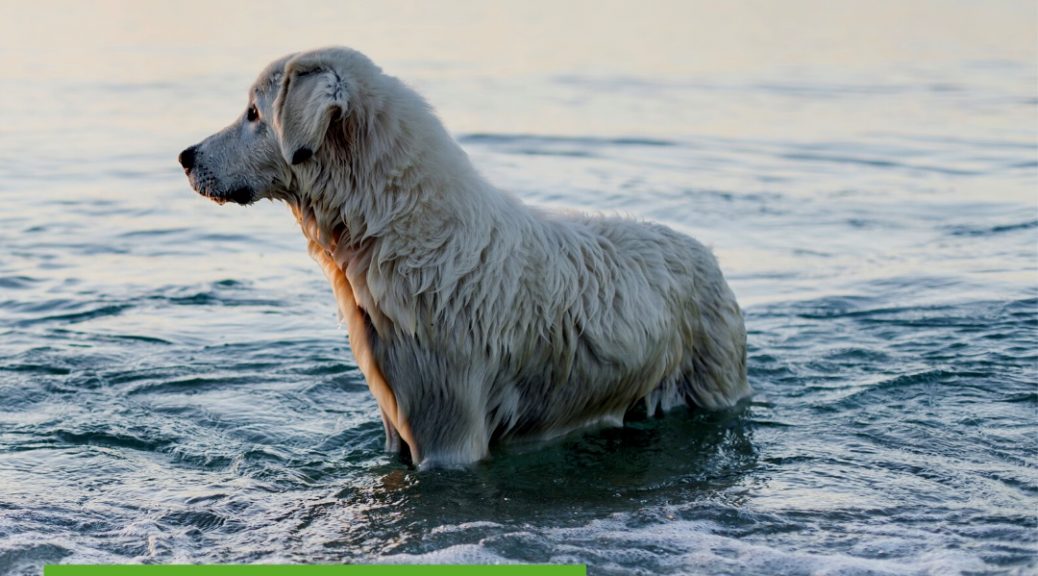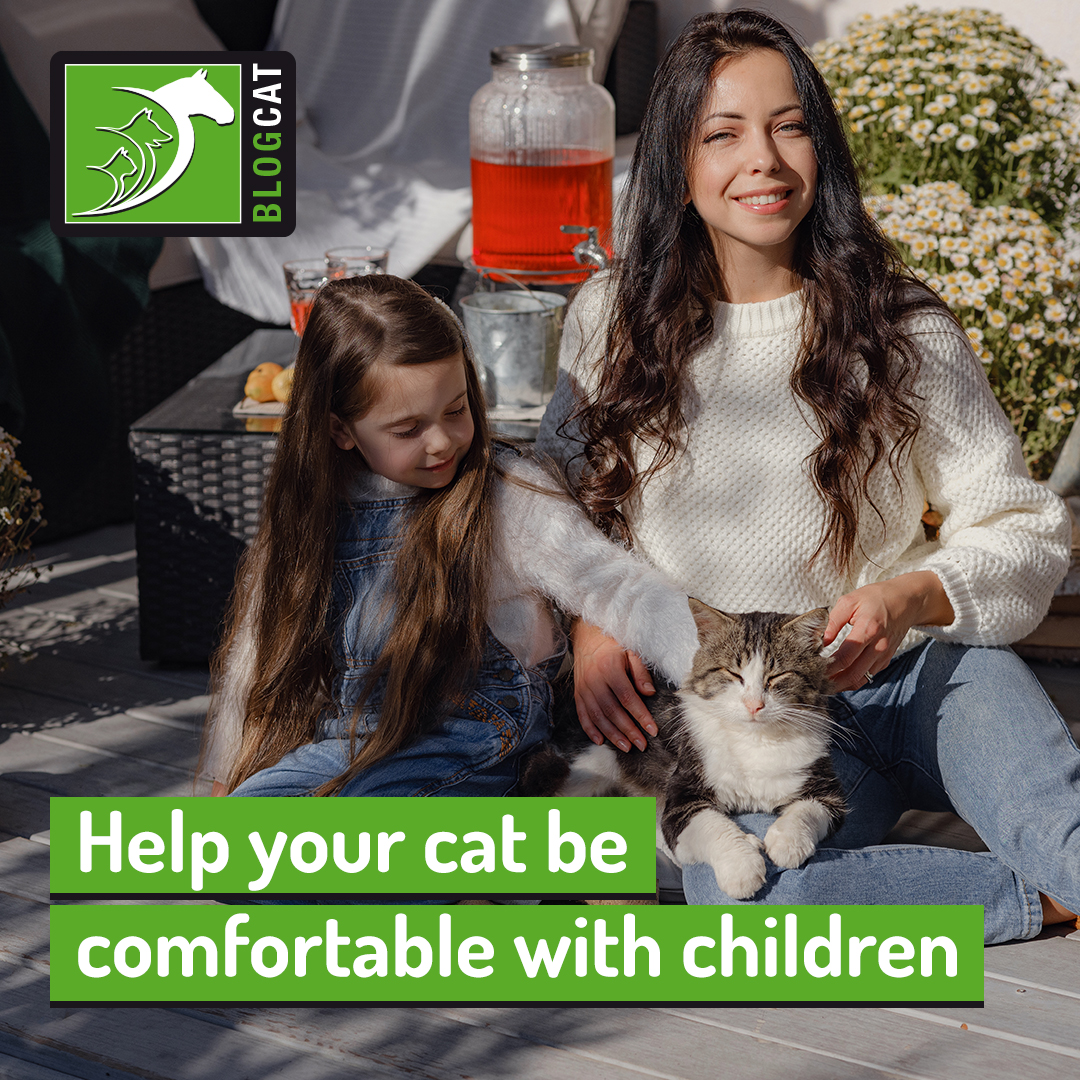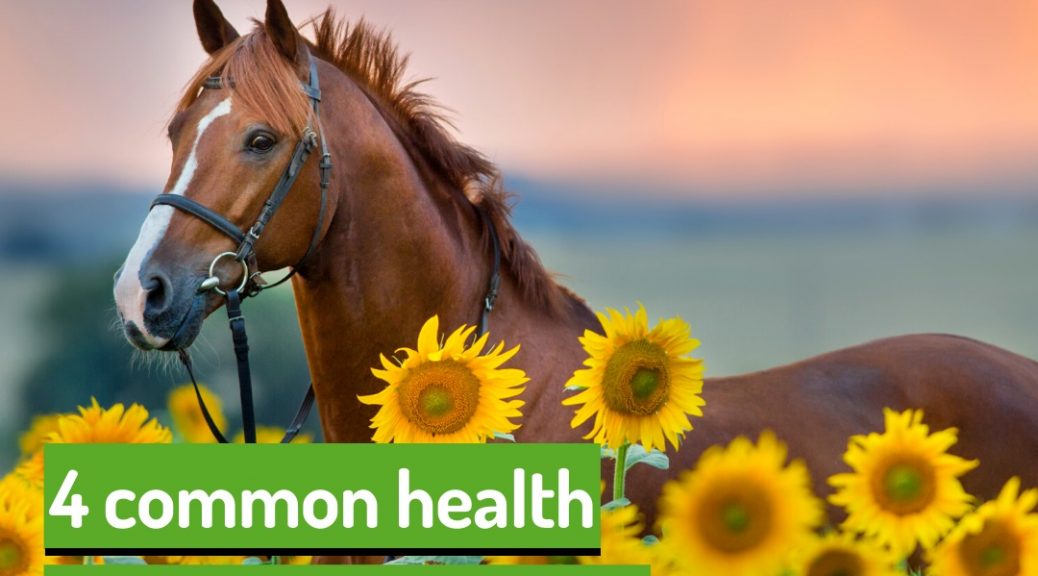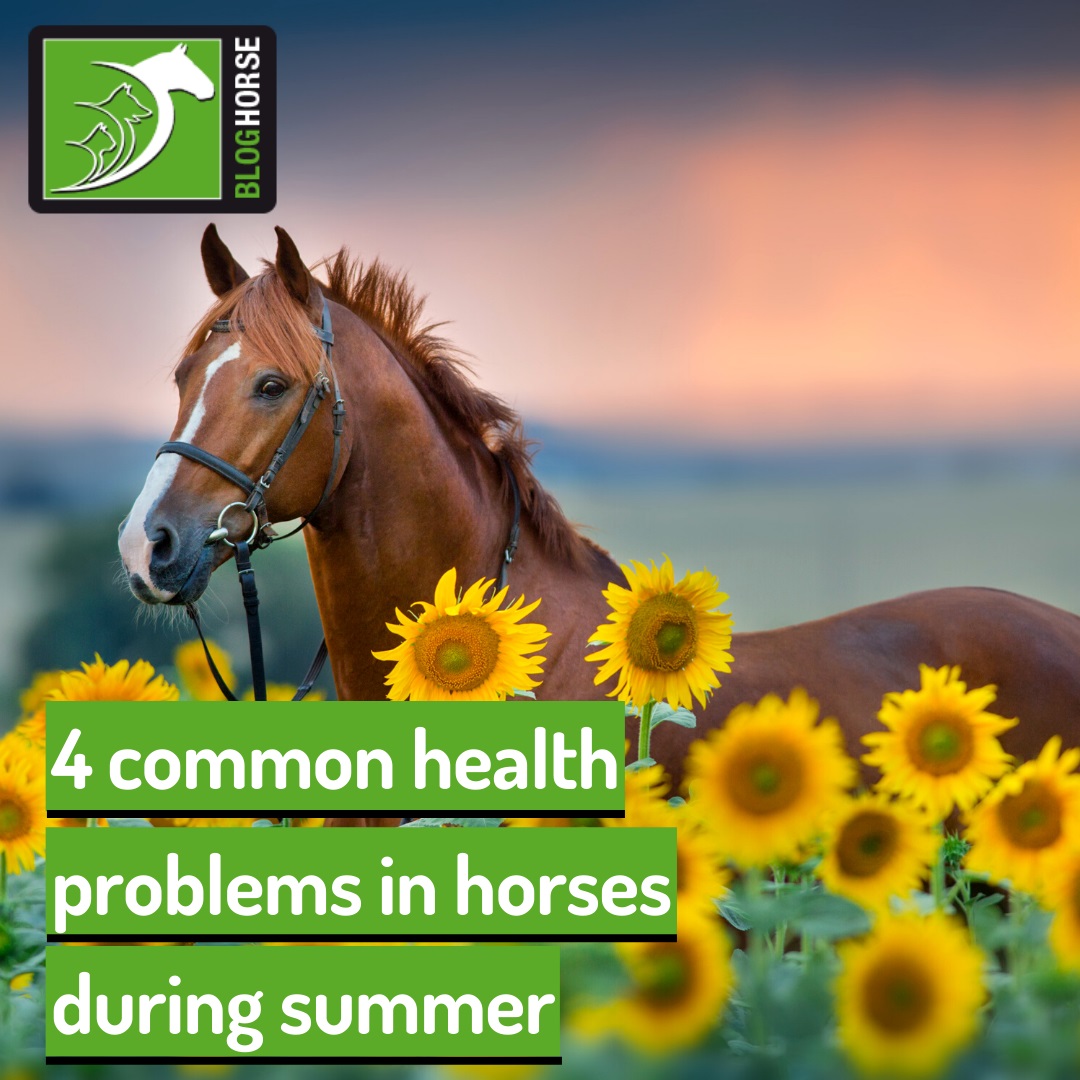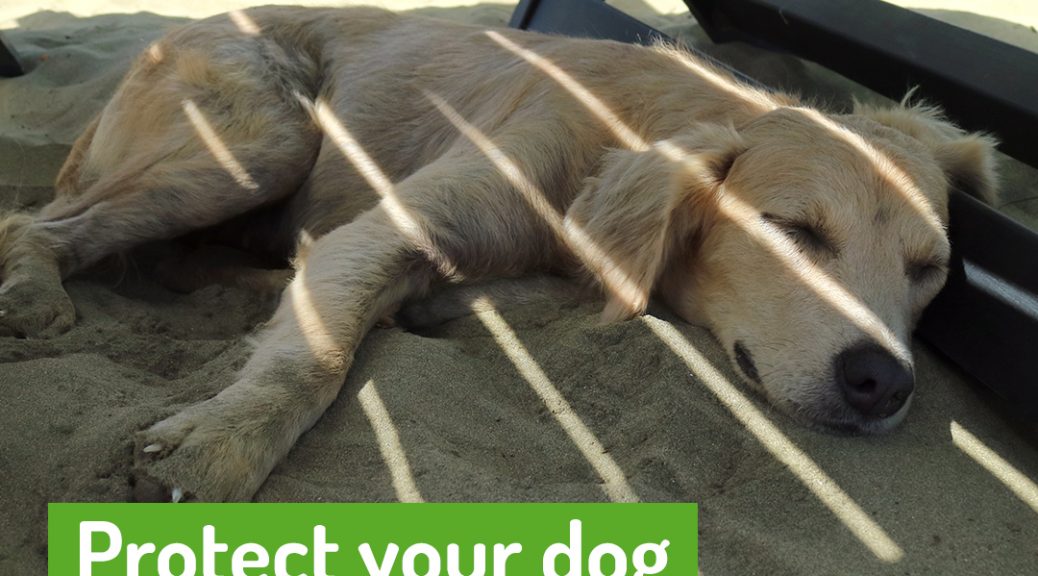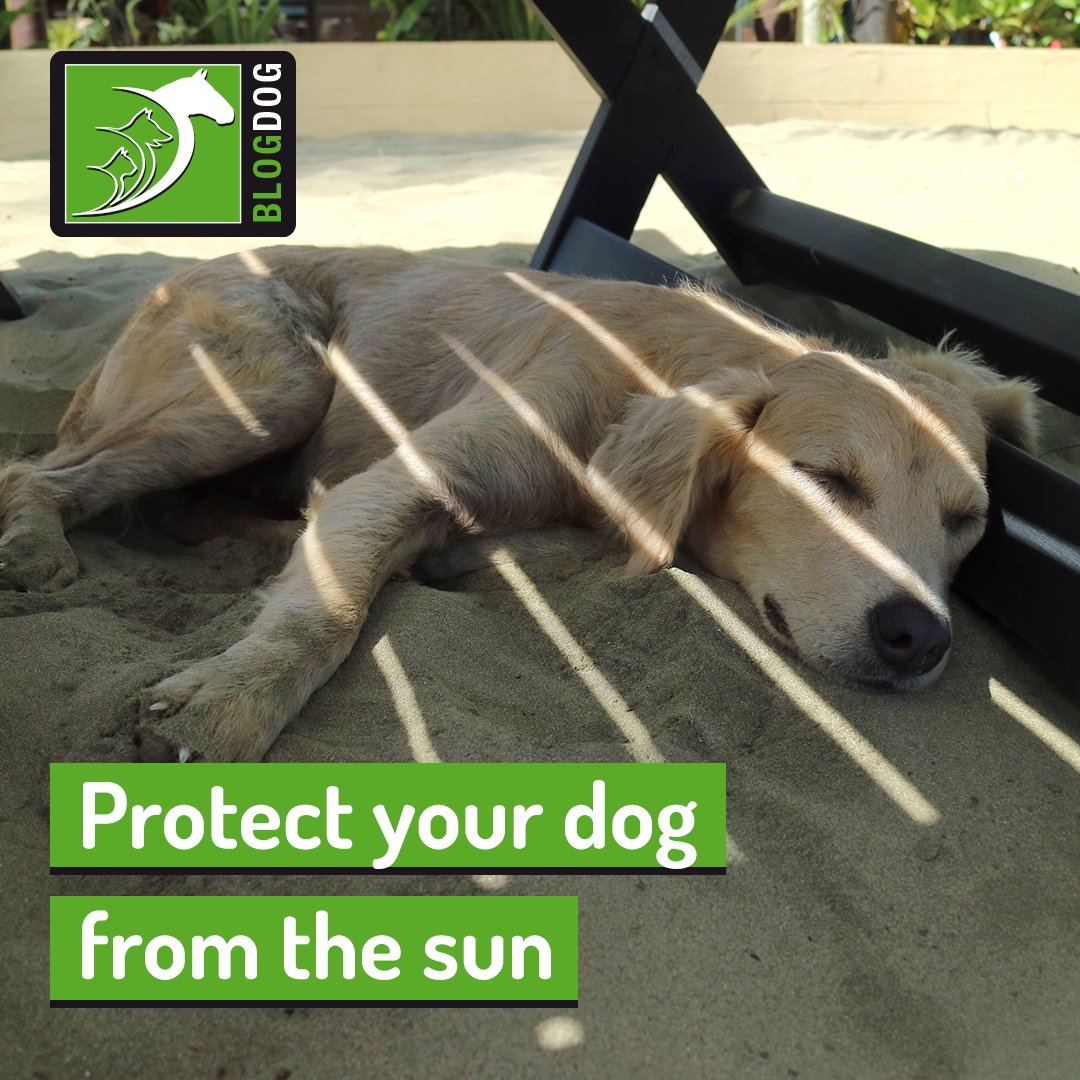Sycamore toxicity happens when horses ingest the leaves and seeds of sycamore trees, which causes a potentially lethal problem called atypical myopathy.
Due to the unusual weather over the summer that has caused a boom of sycamore seeds, the British Equine Veterinary Association has sent out a warning for owners to be careful when letting their horses graze around sycamores.
Keep reading to know more about atypical myopathy and how to help avoid this problem.
What is atypical myopathy?
When horses ingest sycamore seeds, leaves or seedlings, these contain a toxin called hypoglycin A, which targets and destroys muscle cells. As it causes severe muscular damage, including to the muscles in the heart, atypical myopathy is often fatal!
With only a 30% to 40% chance of survival, prompt medical care is essential to give your horses the best chance to make it through sycamore poisoning.
Clinical signs usually show up as:
- Depression and struggling to walk or even stand;
- Breathing and heart problems;
- Colic like signs but animals are still eating;
- Urine with a brown or dark red colour.
These signs might be seen in several animals at the same time. However, not all horses are affected in the same way despite potentially ingesting the same amount of toxins, and the reason why some horses are more resistant than others is still under investigation.
Detecting these signs and calling your vet as soon as possible is vital to ensure your horses survive. There is no specific treatment, but animals that improve after the initial event are likely to recover without complications.
How can I help my horses avoid sycamore poisoning?
Autumn and winter are the times of the year when leaves and seeds fall onto the pastures, creating many chances for horses to ingest these dangerous materials.
This is why pasture management is fundamental to reducing the chances of your horses contacting toxins while grazing.
The best way to do this is to avoid letting your herd graze on pastures with sycamores nearby during their season or fence off the areas where these trees are present. If this is not possible, clearing fallen leaves and seeds, as well as providing adequate supplementary forage during the autumn, will help them not ingest toxic substances.
If you’d like to test your pasture for the presence of hypoglycin A, you can ask your vet on how to collect a sample to submit to the RVC Comparative Neuromuscular Diseases Laboratory.
Key takeaways
Sycamore poisoning is often seen during the autumn and winter months due to the falling of sycamore leaves, seeds and seedlings onto pastures. Due to the unusual weather this summer, sycamores may have produced an abundance of seeds and caused a spike in atypical myopathy cases. Keep an eye out for your horses and if you have any concerns, call your vet to help minimise the risk of intoxication.

